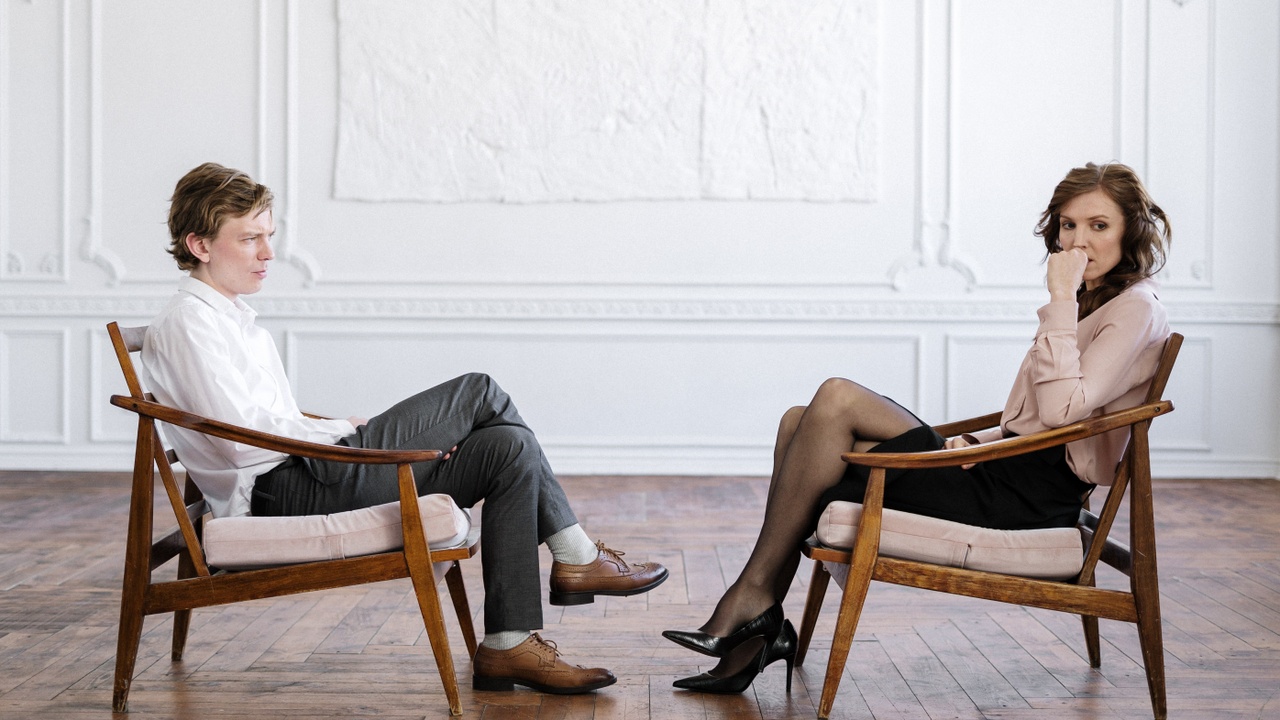The Problems with Habituation as an Explanation for Exposure Treatment
Aug 06, 2011
NOTE: This post is part of a larger series of on the theory, practice, and research on exposure therapy. If you are interested in other posts in this series, you can find them here.
As discussed in a previous post, it is clear that exposure, or the systematic confrontation with feared stimuli, seems to be a critical component of most therapies, particularly for the treatment of anxiety. However, the way in which exposure is conducted and theories about it why it works vary widely. For decades, one of the dominant concepts used to guide the conduct of exposure therapy was habituation.
In the context of exposure, habituation refers to reductions in fear over time as a person encounters fear-inducing stimuli. While it was originally a term that emerged from behaviorism, it seems to more recently be used to refer to any sort of a decrease in response to a stimulus. For example, you’ve probably had the experience of putting on sunglasses and eventually forgetting that you’re wearing them until you walk indoors and notice how dark everything looks. In these instances, you’ve habituated to feel of the glasses against your skin and the darkened tint of the lenses.
As a more personal example, after getting in a car accident, I remember feeling a sense of anxiety the first few of times I drove again. However, this subsided over time and now I rarely think about the accident when I’m driving. I wasn’t in therapy and didn’t approach this in a systematic way, but I recognized my reactions as minor posttraumatic stress symptoms that would eventually recede as I habituated to driving again. This is basically the same thing that happens in exposure therapy.
In a research context, habituation is often measured through objective physiological measures such as heart rate and skin conductance or through questionnaire measures of fear, such as the Subjective Units of Distress Scale (SUDS). (Instead of “distress,” I’ve also heard “discomfort” and “disturbance” used for the “D” in SUDS.)
Within-Session and Between-Session Habituation
There are two types of habituation in exposure therapy. Within-session habituation occurs when fear decreases during a therapy session as exposure is conducted. Between-session habituation occurs when fear decreases between therapy sessions.
Habituation doesn’t mean that fear goes away completely. Many people continue to experience a fear response when they encounter certain situations. For example, professional public speakers often say that they always feel at least a little nervous before a speaking engagement. However, they generally are often less nervous than they were when they first started (which is similar to between-session habituation) or they find their nervousness goes down more quickly when they begin speaking and become involved in what they’re doing (which is similar to within-session habituation).
The Old Guideline: Within-Session Habituation is Important
It used to be that habituation was used a primary guide for exposure treatment, particularly for treatment of PTSD and obsessive-compulsive disorder. Typical guidelines would be that the person should stay in contact with the feared stimulus until his or her fear went down. At that point, exposure might be discontinued. For example, here’s a diagram of the heart rate of a person doing exposure who is afraid of cats.
Often this happens naturally. If we don’t feed our anxiety by leaving the situation, it will often decrease on it’s own within about 45 minutes. Consequently, some exposure therapies specified that a person remain in an anxiety provoking situation for 30-60 minutes, or until anxiety decreased.
The New Guideline: Within-Session Habituation Doesn’t Matter
Although habituation has supplied thousands of clinicians with a measurable marker for beginning and ending exposure treatment, research hasn’t provided a lot of support for its reliability and validity. Using habituation isn’t necessarily a bad thing—it does provide a decent marker—but researchers haven’t found much of a relationship between within-session habituation and treatment success. There’s even some question whether between-session habituation matters, but that’s a little more controversial.
I’ll be going into this issue in more depth on subsequent posts, but for now, I’ll summarize. There’s evidence that clients may show physiological decreases in anxiety but continue to report high levels of fear, and vice versa. Put simply, it may not matter much whether people experience reductions in fear through exposure. The usefulness of exposure appears to be more about people getting used to their fear than changes in how strong it is. In sum, the research evidence for habituation doesn’t support its use in exposure therapy.
Look for future posts that go into greater detail on the problems with habituation.
Learn more about our live, virtual, and accredited courses from the best minds in evidence-based therapy and Acceptance & Commitment Therapy (ACT), brought to you by Portland Psychotherapy Training.
Join our mailing list!
Subscribe and get curated research reports, essays, and special course offers – right to your inbox.
We hate SPAM. We will never sell your information, for any reason.

